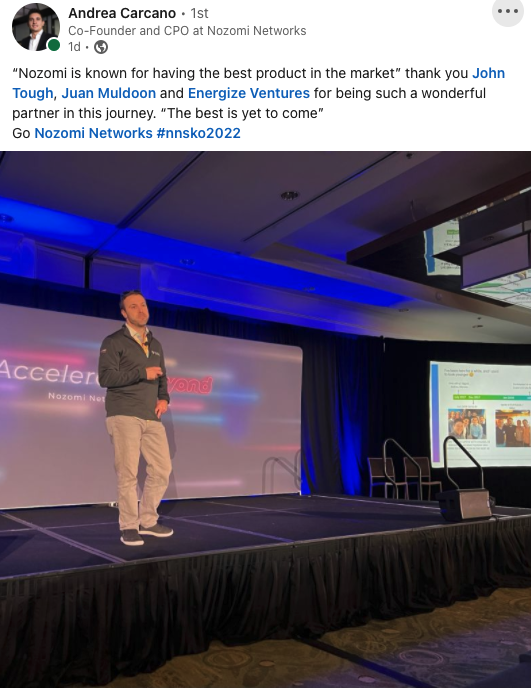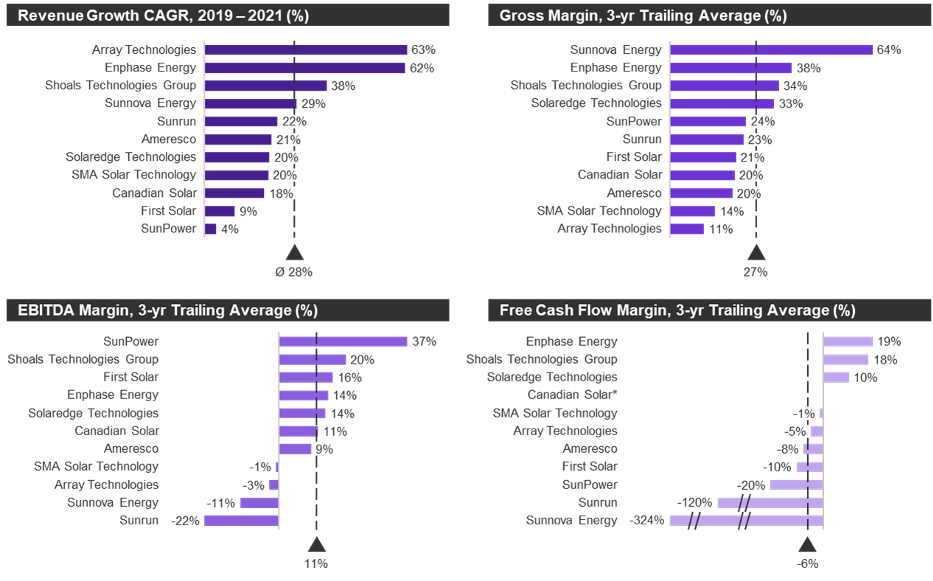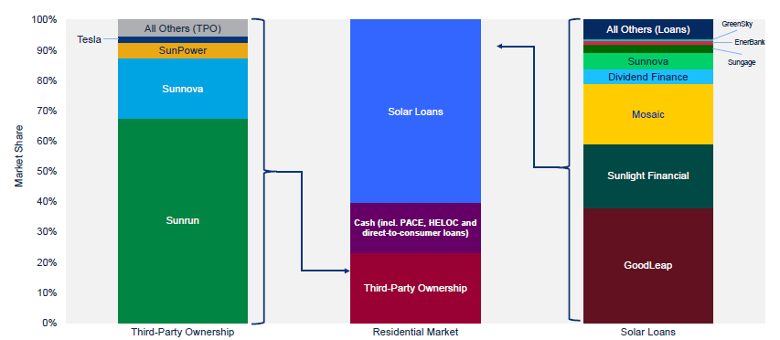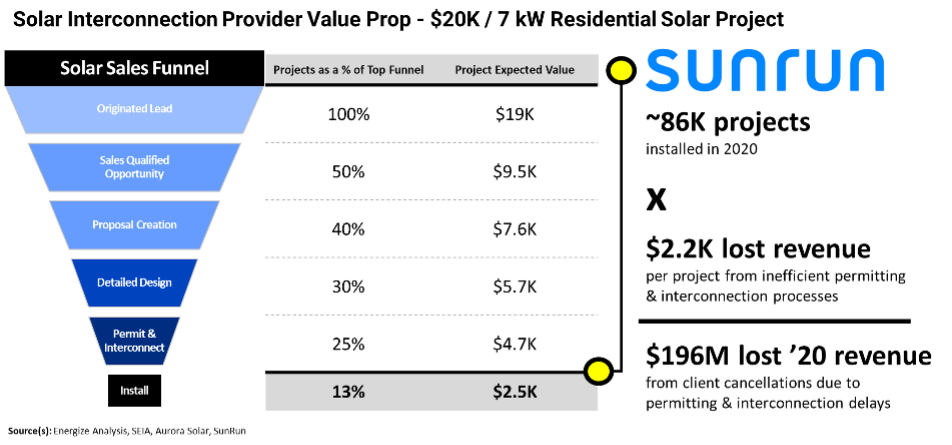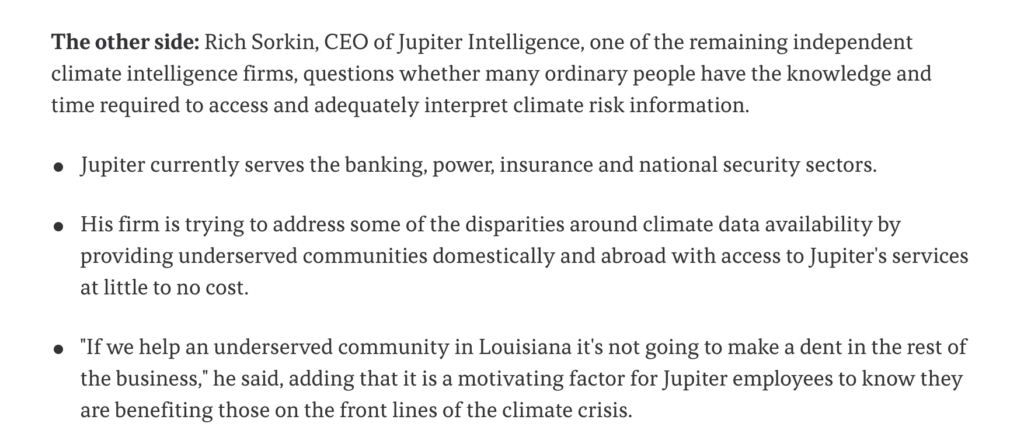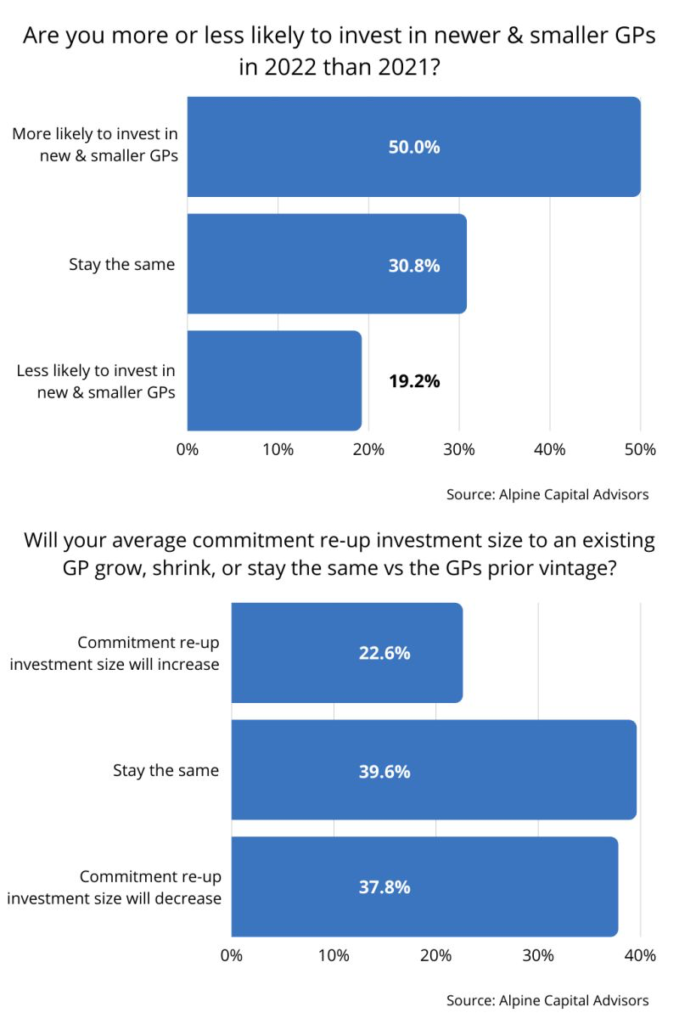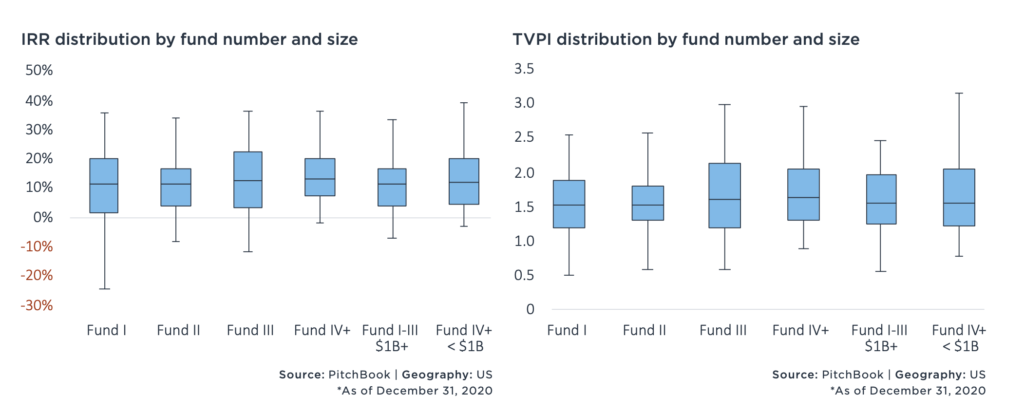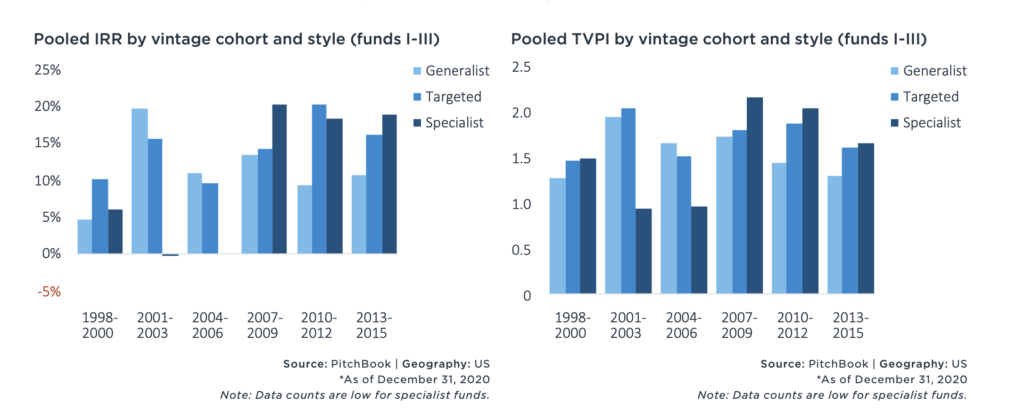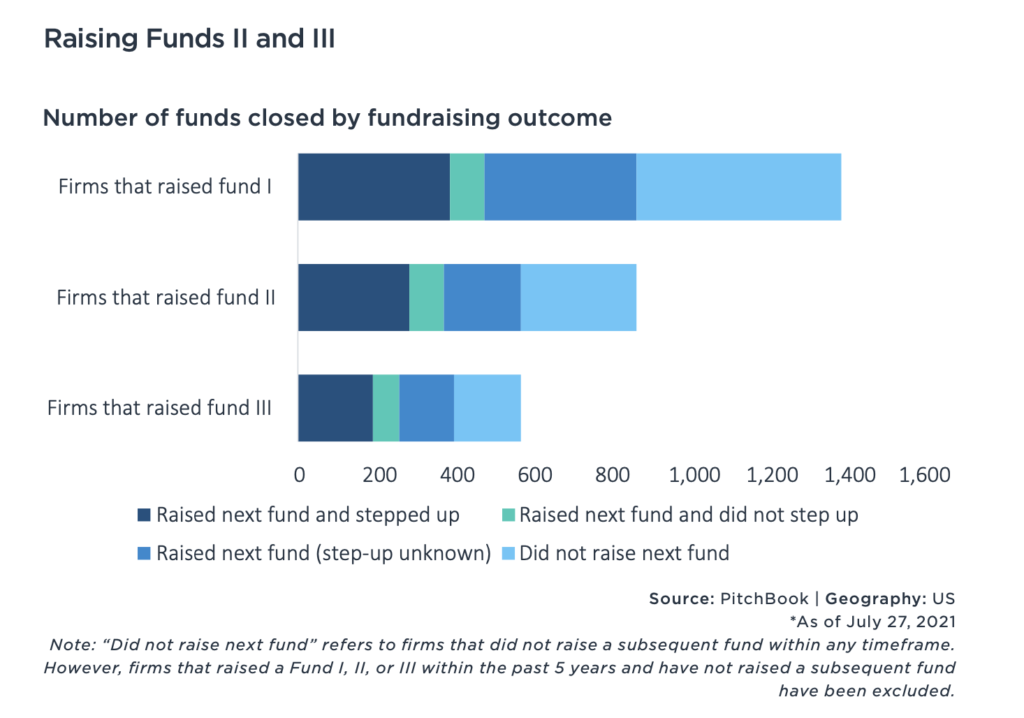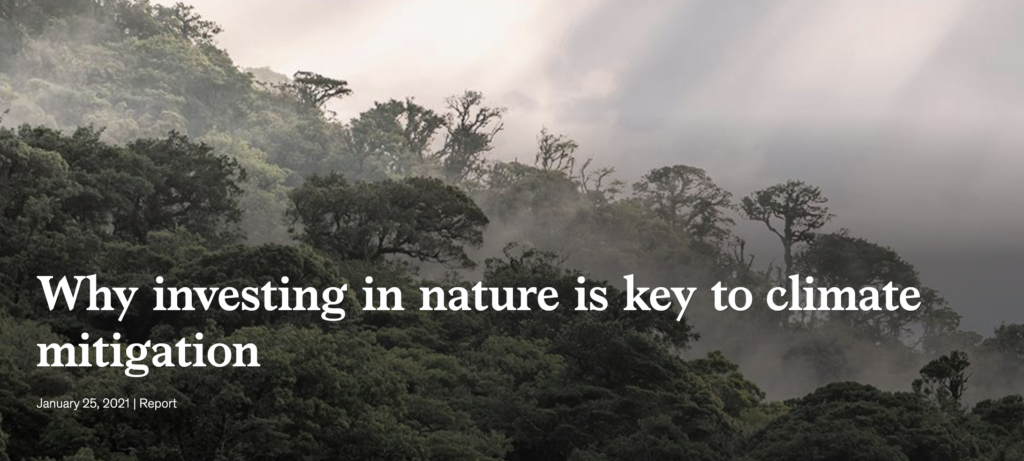Energize leads Smartcar’s $24M Series B
Funding news!! Links to the Press release and the Energize blog post, and the blog post on Why We Invested in pasted below.
My two cents on the commentary: Two of the largest industries in the world are colliding: mobility and digitization. 40% of the cost of today’s cars are electronic systems and 90% of cars sold in 2022 will be internet connected. The application layer to serve the drivers or owners of these vehicles is taking off, and Smartcar’s API plays a foundational role at connecting these applications to the car, and driver. Applications in EV charging, insurance, new mobility business models are all emerging, and Smartcar is enabling that growth. With this investment I joined the board and am thrilled to work alongside the legends of Bill Krause (now with Andreessen Horowitz) and Forest Baskett of NEA.
Sahas and Sanketh are the type of founders you dream about partnering with as an investor. Smartcar is their passion and they saw the future of mobility well before anyone else. They have the bold goal of wanting to advance the mobility ecosystem and Team Energize is going to do everything we can to help them accomplish their goals.
Why We Invested in Smartcar
Energize Ventures is proud to lead the $24 million Series B investment in Smartcar, the API developer platform for connected vehicles. Existing investors Andreessen Horowitz and New Enterprise Associates (NEA) also participated in the round. Energize Ventures managing partner John Tough will join the Smartcar board of directors and principal Eileen Waris will join as a board observer. This investment marks Energize’s fourth investment in the future of mobility.
Today’s vehicles are driven by data
The automotive industry is undergoing a period of rapid technological change.
Vehicles are evolving to provide better performance, comfort, and convenience—all while auto manufacturers are facing environmental pressure to reduce emissions and transition towards electrification. Driving this shift are innovations in software and an increasing number of electronic components in vehicles.
More and more, cars are resembling computers on wheels. Never has this been more clear than now, as the auto industry grapples with new car shortages and production halts caused by a heavy reliance on increasingly scarce semiconductor chips. Today, more than 40 percent of the cost of a new car can be attributed to its electronic systems. These systems are spitting off hundreds of gigabytes of data per car per day, creating rich fodder upon which an ecosystem of connected car applications can be built.
For developers working with this data, integrating across dozens of brands’ operating systems is repetitive and tedious work. Smartcar offers a developer-friendly suite of APIs making it easy for businesses to seamlessly connect apps to cars across 22 different vehicle makes with a single integration point. This is the largest selection of any connected vehicle API, providing access to 112 million vehicles globally.

Smartcar’s customers build software applications that leverage data or create actionable outputs from the functionality of the Smartcar API network. Examples of Smartcar’s rapidly growing customer base includes developers of applications that verify vehicle mileage, issue digital car keys, manage EV charging, track fleets, track driving behavior, and more.
The electric vehicle ecosystem will require a software backbone
At Energize we invest in solutions that further the energy transition. When it comes to electrification of transportation, we’re still just getting started. As electric vehicle adoption scales, the load burden on the power grid becomes greater. In order to achieve the full decarbonization potential of electric vehicles, we need to unlock managed charging—and Smartcar’s API platform is the key.

Managed charging refers to the utilization of electric vehicle batteries to optimize the flow of electricity and reduce emissions. This means charging up when renewable energy supply is high and pausing charge when demand on the grid is high elsewhere or when renewable output it low— all while making sure you’ve got a full battery in time for your morning commute.
This balancing act requires utilities, consumers or third parties to remotely control the charging process using software applications—something that is now possible thanks to Smartcar. Through their API platform, solution providers can remotely measure a vehicle’s state of charge and overlay that with real-time grid performance to determine optimal charging time. They can then leverage Smartcar’s charge/discharge function to control the charging process. This leads to higher grid efficiency and enables more renewable energy to be directed towards the world’s growing fleet of electric vehicles.
Built with developers in mind
Smartcar was founded in 2015 by brothers Sahas and Sanketh Katta. While attempting to build a software application for connected vehicles, the two discovered a gap: there was no standard way to connect applications across multiple OEM interfaces.
The cofounders created a developer-friendly API platform to minimize the work and frustration of building, integrating, and launching applications across multiple car brands. Their suite of APIs enables developers to build new products and services and their Smartcar Connect platform streamlines user consent so that customers can safely and securely authorize applications to access data generated by their vehicles. When they began building the Smartcar platform, fewer than 20 percent of new vehicles were connected vehicles. In 2022, 90 percent of new cars will be connected vehicles. As the digital ecosystem around connected vehicles grows, their solutions will pave the way for developers to build the future of mobility.
What’s next for Smartcar + Energize
Smartcar will use this fresh round of funding to further improve their platform and secure their position as the leading API platform for connected vehicles—building new capabilities and better developer tooling to unlock new functionality in the world of connected vehicles. They will continue to grow operations in the U.S. and accelerate expansion in Europe, adding more makes and models to reach even more connected vehicles.
